The sharing economy is booming, even on the water. Sam Fortescue looks at the new ways to own a boat
Traditional boat ownership is broken and outdated. At least, that’s the bold message coming from a shrewd and hardy collection of entrepreneurs who say there is no longer any reason to simply buy a boat and keep it waiting in the marina for the occasional foray.
They are trying to drag boating into the modern digital economy with fractional ownership, sailing time-shares and peer-to-peer charter – all of which can reduce the cost of sailing dramatically. It’s a brave new world of apps, bundled services and sharing.
“I think this is part of a societal shift we are seeing in multiple industry sectors away from longer term asset ownership, and towards quicker consumption of experiences, or access to services,” says Matt Ovenden, founder of Borrow a Boat.
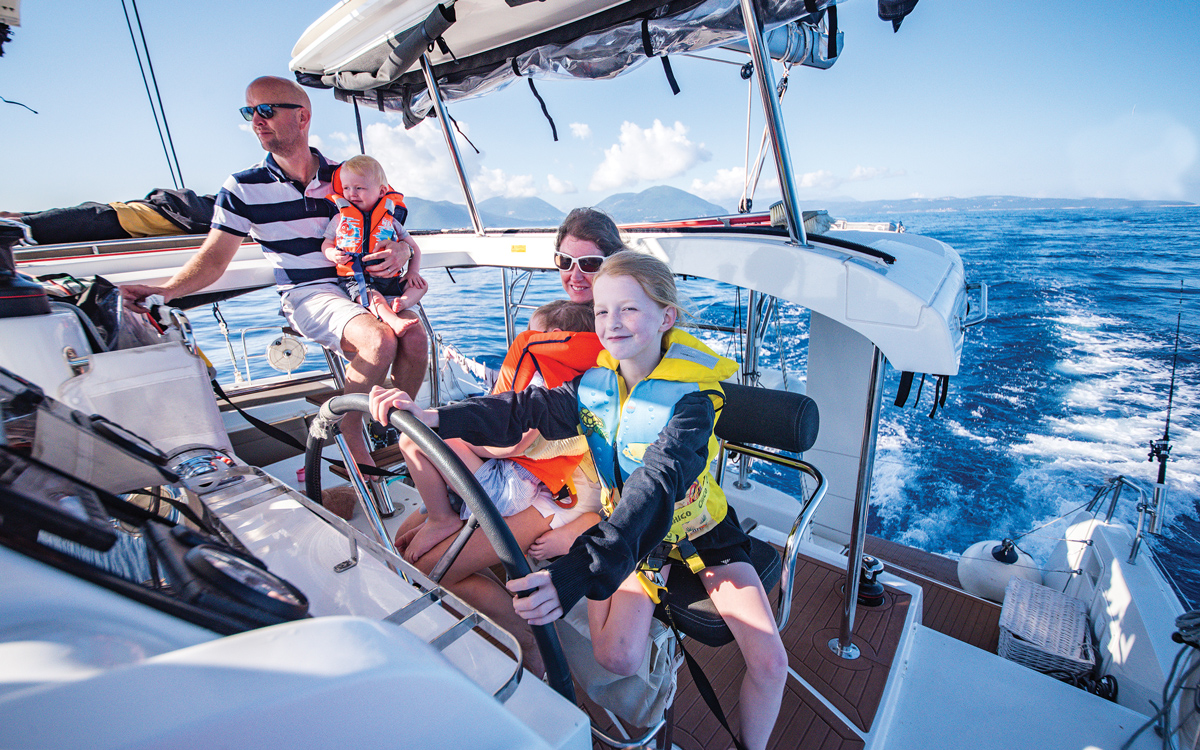
Families keen to get on the water no longer need to make the large one-off financial outlay to buy their own boat
It is a generational issue, agrees Todd Hess, managing director of Sail Time. “Millennials aren’t ready to own today, but they will pay to rent an experience. Our vision is that many will age and will become buyers.”
Fractional ownership
Fractional yacht ownership is not new, of course. As long as there have been watercraft, there have been part shares. But the manner in which you meet and deal with partners is changing.
The three founders of Boat Share Finder reckoned that they could improve people’s chances of getting afloat by setting up a kind of online exchange, where boaters can offer part shares in existing syndicates and register to receive alerts on suitable new listings.
Article continues below…
Picture this: you’re on holiday and find yourself in a new area where, like most sailors, you are drawn to…
Beam. Or beam and volume. Those are the dominant characteristics that spring to mind about cruising catamarans. You expect huge…
“With people no longer having the money or time to warrant buying a boat for themselves, BSF gives the best of both worlds, allowing people to keep their costs down while still being able to spend time on the water and hopefully meet some likeminded friends along the way,” says co-founder Alex Waldron.
“We have over 400 boats currently listed on the website and that number is steadily growing with more boats being added each month. Over half are sailing boats.”
Typical costs are around £45,000 for a one-third share of a Najad 391 in the Solent or an Oceanis 50 in the Adriatic, but the site also lists commercial syndicates and time-shares.
Uniquely the service is run on a non-profit basis, with users simply asked to donate at least £50 to selected charities when they find a share. “An ever growing number of boats listed [are] in Europe and further afield,” adds Waldron.
Run as a charity, Boat Share Finder is relatively hands-off, leaving people to get on with sorting out the details and contracts by themselves.
But at the other end of the shared ownership spectrum you can find a much more luxurious service that offers to take on many of the more onerous elements of boat ownership, including maintenance.
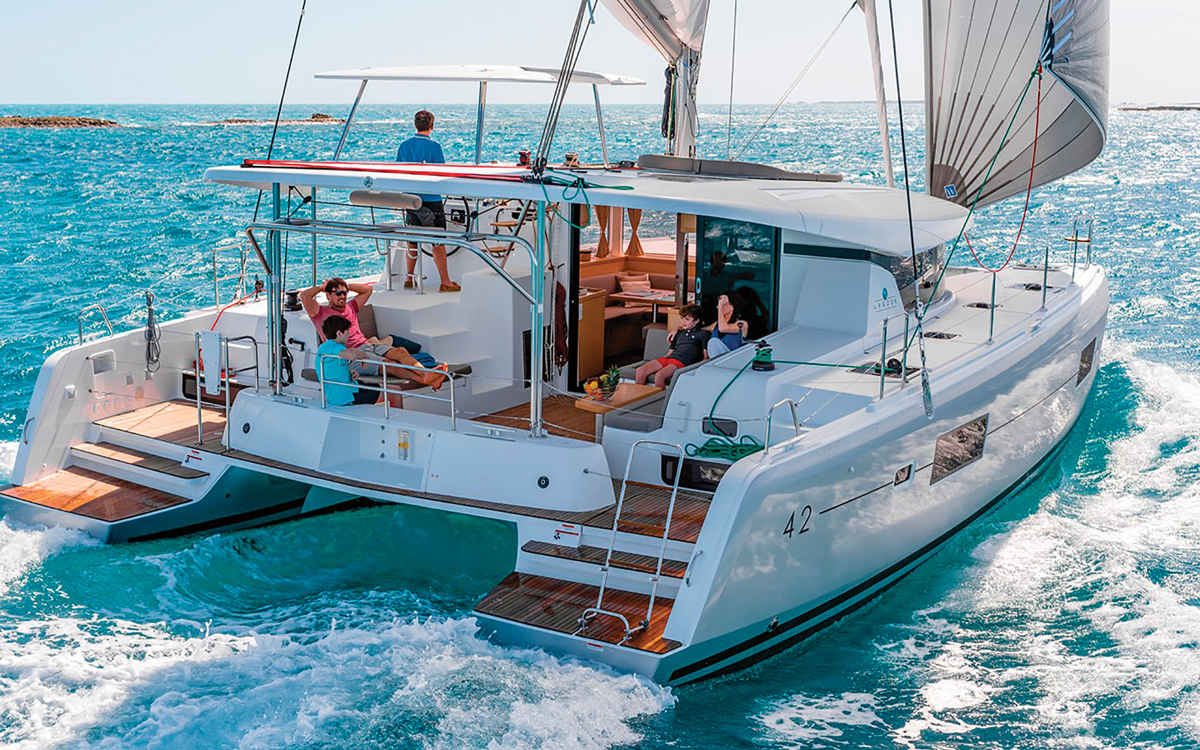
A shared ownership scheme could allow you to become a partner in a Lagoon 42 catamaran
Well-known Solent-based yacht broker Ancasta saw a gap in the market here, launching its own fractional ownership programme for new boats at the 2018 Southampton Boat Show. The Beneteau, Lagoon and McConaghy dealer had been mulling over the idea for some time in response to falling boat ownership.
“The shell for our programme was there, but we had to go out and do the research, getting feedback from those who have been part of similar schemes,” says sales manager Scarlett Sykes.
“There are fewer and fewer people getting into boating, all with similar reasoning such as lack of time, being unable to justify the cost of ownership, or charter boats being of a low standard.
“We want to give that group of people the ability to get on the water, owning a brand new boat, without the hassle of maintenance, where their costs are in proportion to their usage – we wanted to tick all the boxes.”
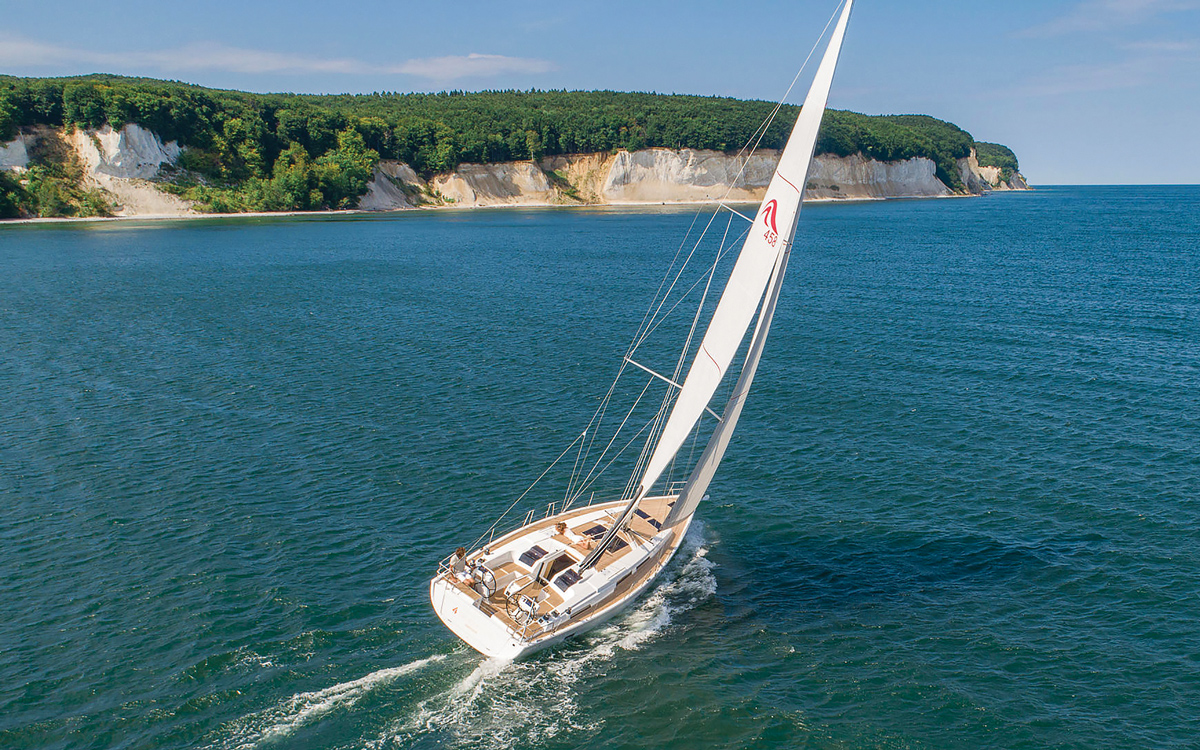
Photo: Nico Krauss/Hanse Yachts
Ancasta says that the programme has appealed to younger sailors, as it had expected. But it has also resonated with older sailors, too. “Retirees who want to avoid managing and maintaining their own boats would be a big chunk of our enquirers,” says Sykes.
Lichtenstein-based Smart Yacht is another example of a high-end service, but it has no brand affiliations and specialises in good quality second-hand boats.
Having headquarters in one of Europe’s most landlocked countries has not stopped the company from signing up more than 3,000 prospective yacht co-owners, for whom it acts as a kind of marine dating service.
It can be a slow process to get right, admits head of marketing Verena Brünings. “Due to high personal efforts in consulting our clients we cannot sell more than 15-20 shares (about five new yachts) per year.”
Matching up similar expectations in terms of yacht size, maintenance cost and so on takes time. Current offers on the sailing side include a Bavaria 44 Vision and an Oceanis 45 based in Italy, plus a First 45 in Croatia.
Co-owners book time online and can have as much or as little to do with each other as they want – they may not know each other at all, in fact. “Your anonymity can be provided upon request,” says Brünings.
The company also offers a €450 per year membership option which allows you to book days on owners’ yachts for a fraction of the market rate.
Yacht membership
The membership route to getting out on the water has proved hugely successful in its own right. Market leader Freedom Boat Club runs more than 2,000 boats across the US, while Sail Time has been at it for 18 years, and is now expanding into Europe.
The company sets out its stall on ownership immediately: “There are very few reasons for owning a boat in a traditional manner any more,” says Todd Hess.
The premise is a simple one, akin to short-term charter. Club members choose how much sailing they want to do, and pay a monthly fee accordingly. So-called Lite packages start at around $485 for a one-year-old Beneteau Oceanis 35.1.
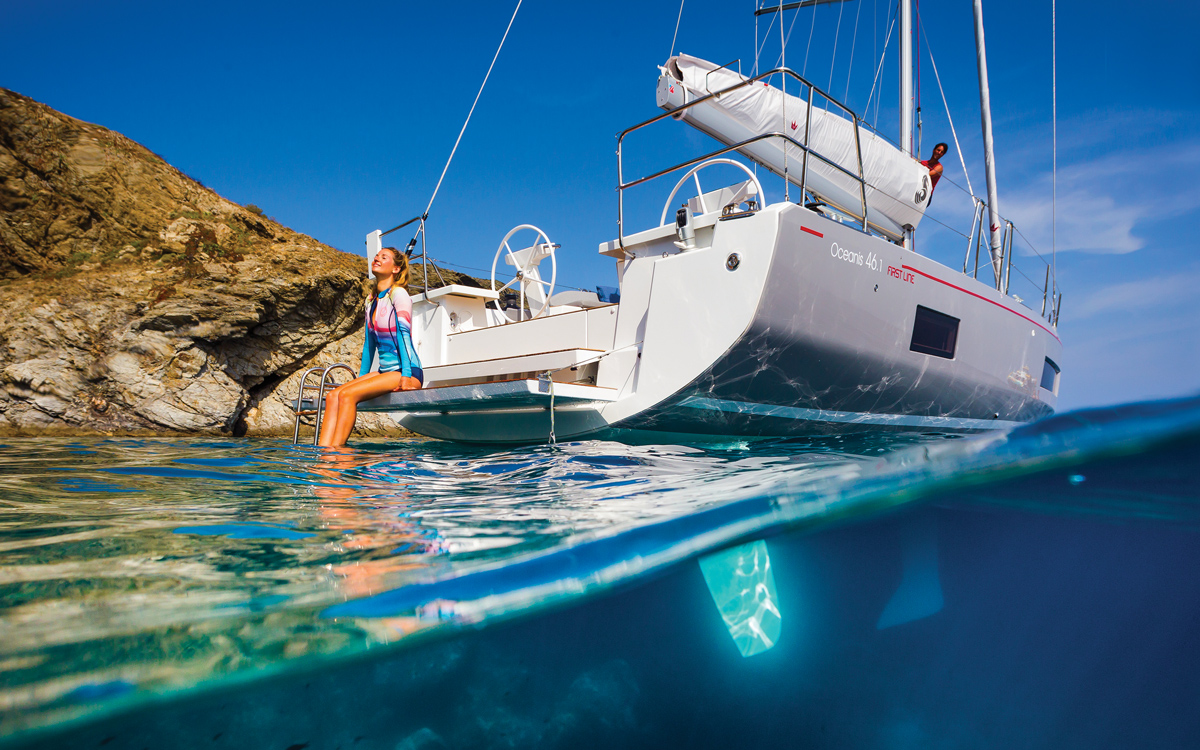
Photo: Guido Cantini/seasee.com
This includes three uses per month, with a single ‘use’ running from 10am to 6pm or overnight – enough for a weekend per month. Other options run to seven and 15 ‘uses’ per month.
You book in advance using the Sail Time app on your phone, and higher-paying members can take a slot for free if it is still available within 36 hours of its start time. With bases across Spain, Italy, Australia and the US, its reach is fairly limited now, but new European locations are on the cards.
“There’s a lot of space for growth in Europe, and a lot of room for competition,” says Hess, although he sounds cautious about returning to the UK. “At this moment Brexit is a real factor in opening up locations in the UK.”
The model becomes really interesting for owner-members, whose boats are used by other members. They receive a good discount to list price on their new boat, and have all their berthing, insurance and maintenance costs covered. Average net earnings are around $15,000 per year for a 38-footer, plus they get guaranteed monthly usage.
A former Sail Time licensee in the UK now runs Flexisail along very similar lines, with 18 boats between Poole, the Solent and Woolverstone, near Ipswich.
Monthly membership plans start at £478 for 18 days per year on a weekday-only basis and work up to around £950 for 42 days afloat. It also organises a range of social events on and off the water, with training available.
With nine sailing boats from 32ft to 46ft LOA, Pure Latitude is another growing UK scheme, based on the Hamble. MD Ian Bartlett is planning to grow the fleet further after a surge in membership last year.
Having a little over 100 people means that “it’s very rare that there isn’t a sailing boat and a motorboat available on the pontoon,” according to Bartlett.
Monthly plans start at £200/month if you are putting yourself up to crew other boats, or £350/month if you want a boat exclusively. You earn points depending on your subscription rate, and those points can then be spent to secure time on board different boats.
At the basic £350/m rate, you could expect between eight and 12 days aboard per year. For £750/m, you could have up to 36 days aboard over the year.
“Sailboats in the mid-30 feet are the sweet spot,” says Bartlett. “We are about the quality of the boats and the locations that they’re in. We all know you can run an old Westerly on the river and row about in your tender for £3,000 per year.”
Pure Latitude has found that one of the key draws for members are its social events, which allow people to meet and sail together. It also offers a popular £650/month training membership, which includes bespoke one-on-one training days aboard, including the RYA Day Skipper practical.
Bartlett is keen to stress that membership is not just a question of paper qualifications – something for which he criticises the peer-to-peer model.
“When members join, we run a full-day interaction and assess their competence off that,” he says. “They could have been sailing for 40 years and not have a single piece of paper, or have just passed the Day Skipper the day before.”

Boat share and subscription services are attracting a younger generation of sailors
Boatbuilding behemoth Beneteau is also getting in on the act with the launch of its own Beneteau Boat Club. The company sees it as a way to get more people out on the water and build brand loyalty before they get to the stage of buying a boat themselves.
A growing network of dealer-serviced bases in France, Spain and Norway give members access to small sailing and motor boats.
Once you’ve chosen between a weekday or anytime subscription (€1,000/€1,500 per annum), there are no usage limits. Monthly charges run from €249 for a First 18, to €690 for a First 21 and an Oceanis 31.
“So far, the Beneteau Boat Club has attracted members who are younger than our average owners, mostly male,” says Beneteau’s director of communications Jean-Francois Pape.
“[They] want to enjoy boating without any hassle, and are more focused on experience than on ownership at the time when they join. One day, they want to go sailing, and the next they want to go fishing or wakeboarding on an outboard boat.”
App charter
Pulling all these strands together is the British start-up Borrow a Boat. Founder Matt Ovenden launched the company three years ago as a peer-to-peer charter company, but it has grown to include a boating club and an ownership arm.
Most of its business now comes from finding commercial charters for users, who can search and book via an app, or online.
Ovenden is convinced that his model reaches new sailors. “It is part of a societal shift we are seeing in multiple industry sectors away from longer term asset ownership, and towards quicker consumption of experiences, or access to services. This is reflected in the long-term trend away from boat ownership.”
He sees huge potential because the online model is reaching new customers. “British Marine’s Futures Project revealed that as many as one in three people want to go boating in the UK, but the industry is not currently getting close to that many people out on the water.”
 Peer-to-peer rentals offer a cheaper way to get afloat anywhere
Peer-to-peer rentals offer a cheaper way to get afloat anywhere
Borrow a Boat’s club provides another way in to its online charter brokerage, which now lists more than 20,000 boats across 80 countries. Members pay a minimum monthly fee of £50, which they can then use to buy charter time at a discount of up to 15%.
It’s a sum that goes further than you’d think with, summer charter prices as low as £70 per day (for a First 21 in Croatia). “It’s for regular boaters who know they are going to go boating, and want to get the savings,” says Ovenden.
With charter alone worth £50 billion annually, there is plenty of scope for sales growth in this market. Boatsetter is probably the world’s largest and best known, but there are plenty of others including France’s Click&Boat.
Changing participation
Taken together, all these services add up to a much cheaper way of getting out on the water, and perhaps the results are starting to tell.
The latest research by British Marine shows that the number of 16- to 34-year-olds getting out on the water is at last starting to rise again. As commercial director Dean Smith says: “Boat sharing looks to make boating as accessible as possible to a new generation of boating fans.”

Figures published by British Marine show that although some 3.93m people took part in boating activities in 2018 – a figure only slightly lower than in 2017 – nearly half of those reported that canoeing was their main activity.
When it comes to yacht racing, a 40% nosedive in year-on-year participation has reduced the numbers taking part to just 92,000. Yacht cruising numbers have held up better at 370,000 last year, but that still represents a 17% decline on 2017.
Ownership has also declined slightly. Some 0.22% of the population owned a sailing yacht between 2016 and 2018, compared to a high of 0.26% ten years earlier. More than ever – around one in eight – are kept overseas.
“Over the past ten years there’s been an increase in small sailboat activities, while we’ve seen a small decline in sailing yacht activities,” says Dean Smith, commercial director at British Marine. “This reflects the growing desire for more accessible, flexible and affordable consumer options.”
 Inside view
Inside view
Mark Hammond was the first to sign up for Ancasta’s shared ownership scheme and is now one of three partners in a Beneteau Oceanis 41.1.
“I’ve been chartering for the last six years – mainly in the UK, but also in the Med. I wanted another programme with more ready access to a boat. The Ancasta scheme seemed to be the first of its particular type, and it ticked all the boxes for what I wanted to do: more regular sailing, but a stepping stone to full boat ownership in about three years’ time; knowing that all the costs were included in the management fee.”
On a three-partner basis, that fee amounts to £854 per month and covers maintenance, berthing and insurance. Just £34 of that is Ancasta’s fee. The £80,000 deposit and £1,966 monthly finance costs are also split three ways for a total monthly payment of just over £1,500. “It isn’t the cheapest option for having a boat. But if you weigh up the usage of that asset versus the cost of that asset, it works well.”
The spec of the boat was handled by Ancasta, as was the fit out – “down to the last teaspoon!” Hammond was also able to make a few personal choices in terms of equipment and sails.
He communicates with his partners via a Whatsapp group, although Ancasta’s online booking and damage reporting software means that contact can be more formalised. At present they take a ‘one week in three’ approach to divvying up time, but Hammond is hoping they can carve out some longer spells aboard and one-way trips to cruise more widely.
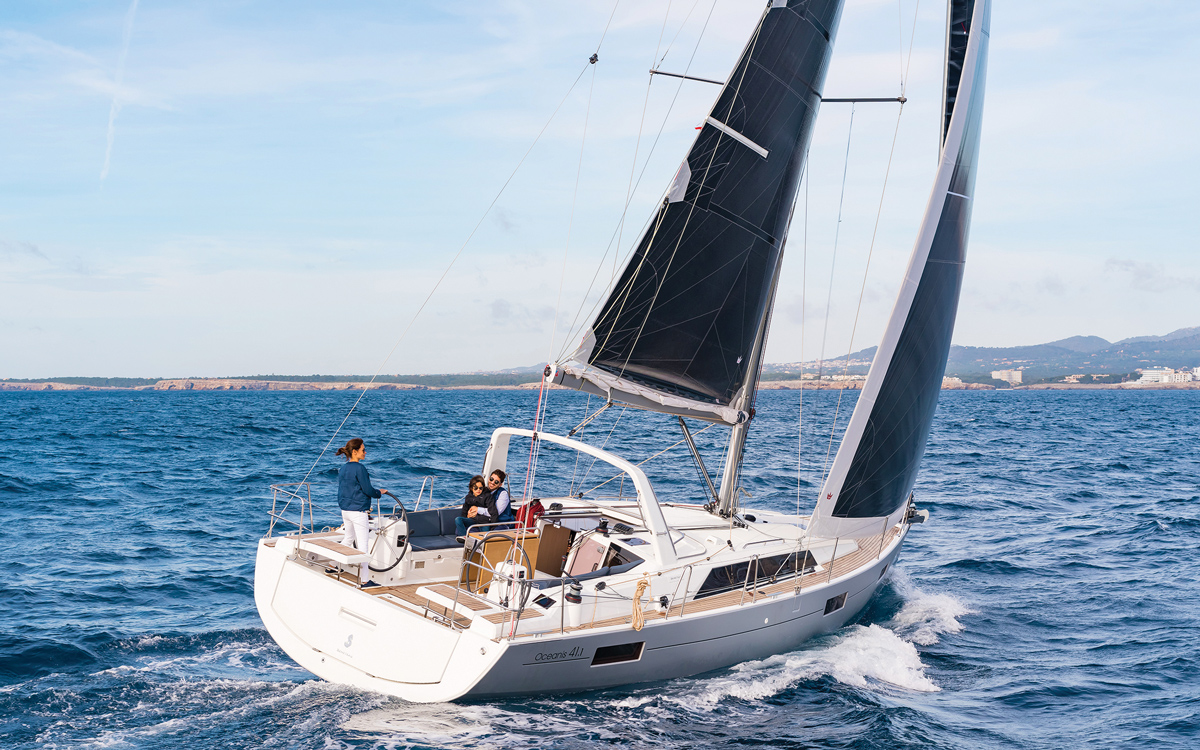
Photo: Nicholas Claris
Typical costs for four partners in a Beneteau Oceanis 41.1
Typical specification: £269,337.60
Deposit: £80,801.28
Deposit per partner: £20,200.32
Monthly contribution: £1,966.00
Monthly finance contribution per partner: £491.50
Berthing: £11,750.08
Insurance: £1,414.02
Winterisation ashore: £706.27
Annual engine service: £500.00
Annual boat checks & service: £1,416.00
Antifouling: £741.95
Anodes (mid-season & winter): £1,320.43
In-season monthly valet: £1,491.60
Out-of-season fortnightly washdown: £1,528.89
Hull polish: £733.99
Weekly checks: £3,432.00
Stowage solution: £1,500.00
Management fee: £1,200.00
Contingency: £3.00000
Total annual costs for boat: £30,735.23
Annual costs per partner: £7,683.81
Monthly costs per partner: £640.32
First published in the January 2020 edition of Yachting World.




 Inside view
Inside view


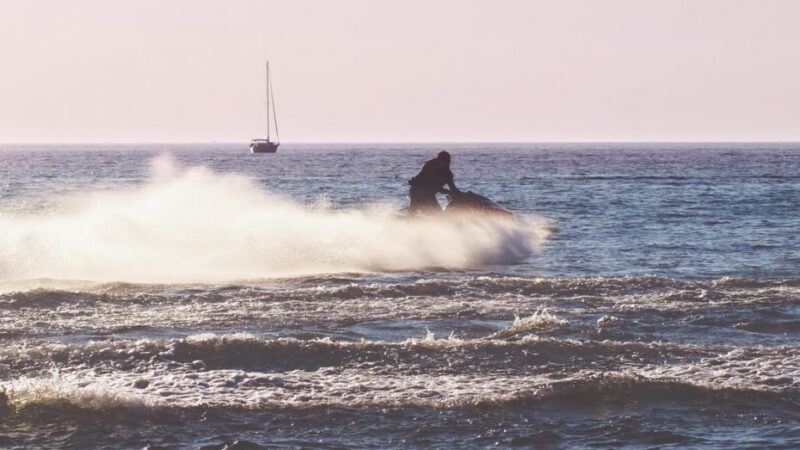
Recent Comments